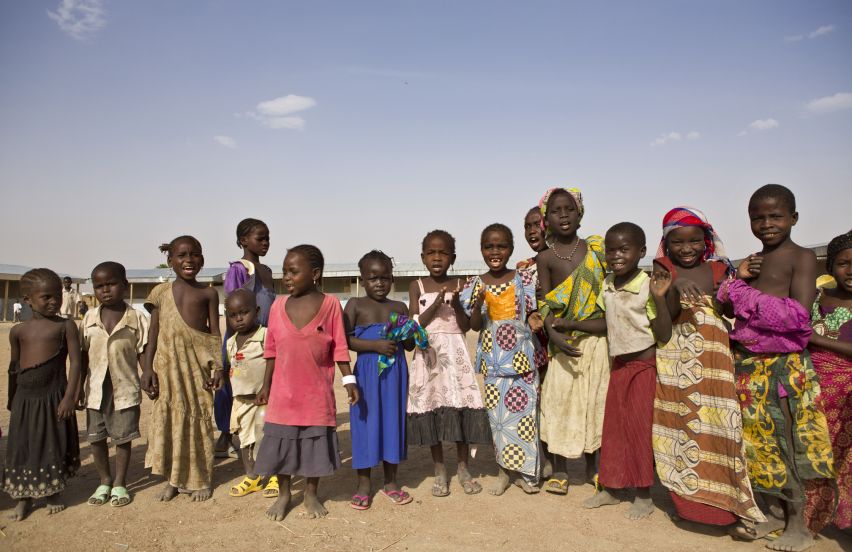Educational Inequality Proven to Double Likelihood of Violence

Photo by UNHCR/H. Caux.
“Education is often conceptualized in our field of education in emergencies as conflict interrupting education,” said the University of Sussex’s Mario Novelli at a recent event at UNICEF in which new research uncovered the connection between education inequality and violence. “I would challenge that and say that often conflict is the result of poor, alienating education systems that marginalize communities and contribute to those feelings and triggers for armed conflict.”
Researchers like Novelli and FHI 360’s Carina Omoeva are building a more robust case for policymakers and the private sector, to prioritize investments that promote equality in education. In an effort to build the case that education supports the long-term process for peace-building and prevents conflicts, FHI 360’s Education Policy and Data Center teamed up with UNICEF and the Clinton Global Initiative to create a database that links inequality in education to conflict. Through their initiative Last Barrier: Exploring Inequality in Education, a research team led by Omoeva compiled a publicly available dataset spanning five decades and nearly 100 countries.
Through this research, FHI 360 discovered that the likelihood of violent conflict doubles within countries with high levels of inequality in education. If not corrected, education inequality, defined by unequal years of schooling between ethnic, religious, and subnational groups, can exacerbate existing tension among groups within a society and can ultimately spur conflict.
“We’ve found that countries where intergroup inequality is extremely high, there is a substantially higher risk of conflict,” said Omoeva. “Even after the level of economic development, political regime, population density and other known risk factors are taken into account.”
Further research revealed that greater disparity in educational opportunity within countries directly correlates with greater tensions across groups. This tension, Novelli said, tends to stem from the marginalized groups’ lack of economic opportunity, recognition, political representation, economic disparities, and the absence of reconciliation. The result is an increased likelihood of conflict.
“It matters what happens in education. We can challenge inequality or we can reproduce it,” Novelli said.
Correcting those educational disparities within a country, Novelli said, would help build stability over time — but only if the intervention is exhaustive in its approach and takes into account all (local) elements causing the inequality. Additionally, he argued that the redistribution of educational opportunity must be closely monitored since allocating resources equally may also perpetuate or exacerbate conflict in the long term.
“We may actually be reproducing conflict,” said moderator and A World At School Director of Policy and Advocacy Kolleen Bouchane. “Programming that isn’t based on or recognized by this data could actually be doing the opposite of what we intend to do.”
As both Novelli and Omoeva’s research has shown, unequal access to education is decisively linked to creating conflict itself. While education in emergencies is still important, both Novelli and Omoeva’s research suggests that addressing educational inequalities (which often precede conflict) is potentially a more worthwhile investment in the long term.
Education stakeholders — including the private sector — should therefore continue to invest in education interventions that decrease inequalities in education. To learn more about in FHI 360’s research, find their report here and their raw data here.
